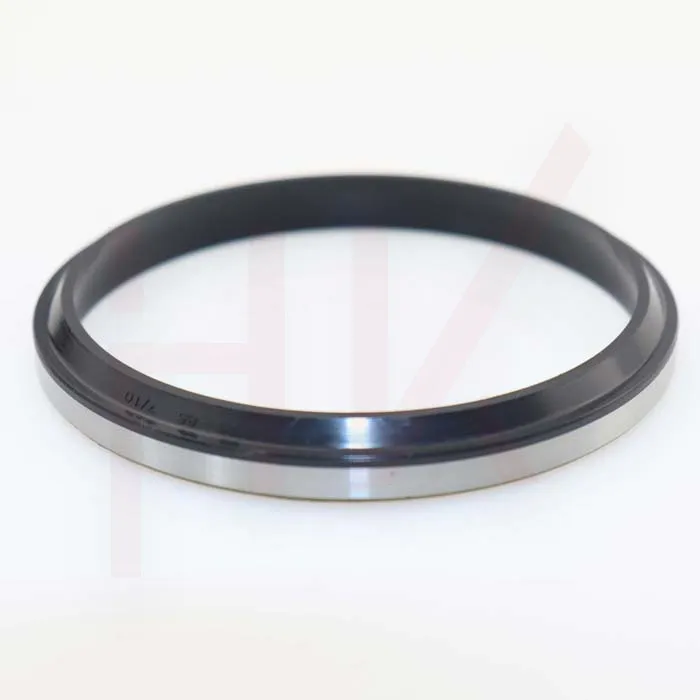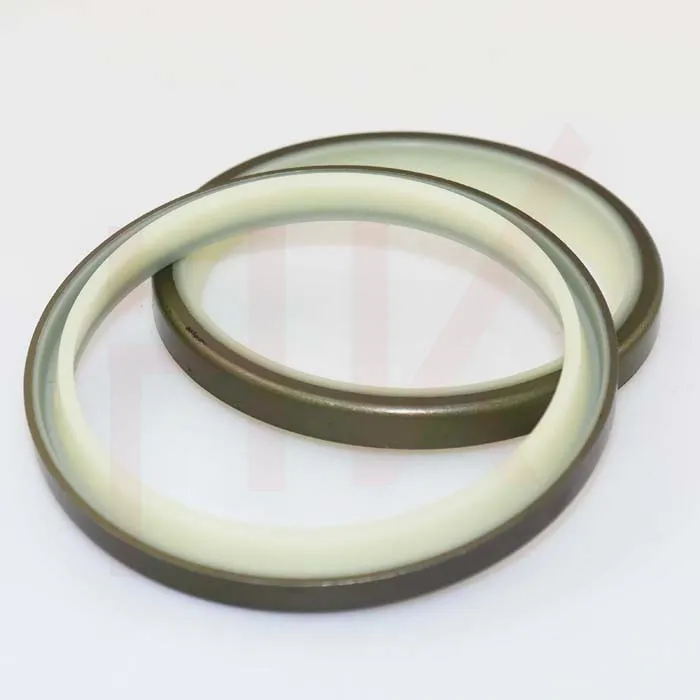Jan . 26, 2025 05:51 Back to list
rotary oil seals
Rotary shaft oil seals, often considered the unsung heroes in mechanical assemblies, play a pivotal role in ensuring machinery functions smoothly by preventing leakage of lubricants and protecting against contaminants like dust, dirt, and moisture. These seals are indispensable in numerous applications, from automotive engines and agricultural machinery to industrial turbines and robotics. Let us delve into the intricacies of rotary shaft oil seals, exploring various aspects that underscore their significance and utility.
When selecting a rotary shaft oil seal, several factors warrant consideration. Shaft speed is paramount, as seals must withstand the dynamic conditions generated by rapid rotations. Material compatibility is equally critical; the seal must not interact adversely with the lubricants and chemicals it encounters. Temperature and pressure ranges of the operating environment should also dictate the choice of seal to ensure durability under extreme conditions. Finally, installation dimensions and tolerances must be meticulously adhered to, guaranteeing a secure fit and optimal function. Installation precision can't be overstated when it comes to maximizing the efficacy of rotary shaft oil seals. Improper alignment, forceful fitting, or overlooking surface finishes can lead to premature seal failure. Employing careful alignment techniques and utilizing appropriate fitting tools is essential in preserving the integrity of the seal. This meticulous approach not only enhances sealing performance but also fortifies the dependability and efficiency of the overall mechanical assembly. The evolution of rotary shaft oil seals continues as technological advancements foster innovative designs and materials. Today, there is a growing trend towards incorporating smart materials and advanced manufacturing processes in seal production. These developments aim to offer enhanced performance characteristics, such as self-lubricating properties and improved wear resistance, catering to increasingly demanding industrial applications. In summary, rotary shaft oil seals are integral to the proper functioning of myriad mechanical systems. Their role in safeguarding vital components from the adversities of operation makes them invaluable in industrial, automotive, and agricultural applications. Understanding the nuances of their materials, designs, and installation is crucial in harnessing their full potential. This not only emphasizes the seals’ technical importance but also attests to their role in promoting sustainable engineering practices and optimizing operational efficiency.


When selecting a rotary shaft oil seal, several factors warrant consideration. Shaft speed is paramount, as seals must withstand the dynamic conditions generated by rapid rotations. Material compatibility is equally critical; the seal must not interact adversely with the lubricants and chemicals it encounters. Temperature and pressure ranges of the operating environment should also dictate the choice of seal to ensure durability under extreme conditions. Finally, installation dimensions and tolerances must be meticulously adhered to, guaranteeing a secure fit and optimal function. Installation precision can't be overstated when it comes to maximizing the efficacy of rotary shaft oil seals. Improper alignment, forceful fitting, or overlooking surface finishes can lead to premature seal failure. Employing careful alignment techniques and utilizing appropriate fitting tools is essential in preserving the integrity of the seal. This meticulous approach not only enhances sealing performance but also fortifies the dependability and efficiency of the overall mechanical assembly. The evolution of rotary shaft oil seals continues as technological advancements foster innovative designs and materials. Today, there is a growing trend towards incorporating smart materials and advanced manufacturing processes in seal production. These developments aim to offer enhanced performance characteristics, such as self-lubricating properties and improved wear resistance, catering to increasingly demanding industrial applications. In summary, rotary shaft oil seals are integral to the proper functioning of myriad mechanical systems. Their role in safeguarding vital components from the adversities of operation makes them invaluable in industrial, automotive, and agricultural applications. Understanding the nuances of their materials, designs, and installation is crucial in harnessing their full potential. This not only emphasizes the seals’ technical importance but also attests to their role in promoting sustainable engineering practices and optimizing operational efficiency.
Previous:
Next:
Latest news
-
Wiper Oil Seal: Our Commitment to Clean Hydraulics
NewsAug.13,2025
-
Hydraulic Oil Seal for Self Discharging Cars
NewsAug.13,2025
-
Hub Oil Seal for Agricultural Tractor Hubs
NewsAug.13,2025
-
Skeleton Oil Seal with NBR Material
NewsAug.13,2025
-
Rotary Lip Seal for High Pressure Applications
NewsAug.13,2025
-
Cylinder Seal Kits Our Legacy of Hydraulic Trust
NewsAug.13,2025
-
Unlocking the Potential of Hydraulic Systems with Essential Sealing Solutions
NewsAug.06,2025
Products categories
















